How to Use a Japanese Toilet Seat
I can guarantee that you will encounter a high tech, futuristic Japanese toilet seat on your trip to Japan. Don’t panic when you see it because I’m going to explain what the buttons are and what they do.
CONTENTS
Before we dive into explaining what all these buttons do, let me just say that I love these things. We’ve always had one in every home we had in Japan and we even brought one back for our house in South Carolina.
This model has a seat warmer, a female bidet, a regular bidet, a move function and a position function. Pretty much everything your standard hotel toilet seats will have.
Japanese Toilet Seat Explained
Ok, let’s start with the easiest one first. If you’ve ever had a tape player, a Walkman or a CD player you’ll recognize this button. It means stop, and it turns the bidet water off. If you have a fancier version, it’ll also turn off the blow dryer. You read that right!
The button in the middle, with the blue cartoon image, reads oshiri, which is Japanese for backside. This button starts the bidet.
If pressed again, it’ll cause the bidet wand to oscillate front to rear rather than remaining stationary. A third press merely stops the wand from moving. To stop the water, you must push the stop button.
The last button, with the cartoon profile of a woman, is used to start the woman’s bidet.
Once again, pressing a second time causes the bidet wand to oscillate. A third press merely stops the wand from moving. To stop the water, you must push the stop button.
The Japanese characters at the top translate to water pressure. The LED lights to the left of the two buttons indicates the current strength of the water stream from the bidet. The top button increases the water strength, while the bottom button reduces it.
The Japanese toilet seat in your hotel room may have a slightly different control system for water strength. Mine is built for home use, so they went with a button system. A hotel toilet seat needs to be a little more durable, so they sometimes use a knob.
The Japanese characters at the top of these two buttons reads nozzle position. The left button is front and the right button is back. These two buttons allow you to move the bidet wand so that it is in the most optimal position.
So How Do I Use This?
It’s actually rather simple. Once you’re done with your business, and before you wipe, just push the button with the blue cartoon image of your backside.
If the water pressure is too hard or too soft, adjust to your liking. If the wand is too far back or too far forward, adjust it to your liking. Pressing the button again activates the move function which causes the wand to oscillate.
The back of the toilet seat has a small tank to store heated water. This is so the bidet water will be warm when you decide to use it. However, if you run the bidet for too long this tank will run out of warm water.
When you are done, press the red stop button. If the toilet seat you are using has a fourth button with a cartoon image that looks something like wind, you can push it and a blow dryer will activate. If not, then pat dry with some toilet paper and then wipe as usual.
Is This Sanitary?
The modern Japanese toilet seat is far more sanitary than its European porcelain predecessor. No contact is ever made by the user and the toilet seat’s wand, it only uses water pressure to clean the area.
After every use, the wand/nozzle returns to a compartment where it begins its self cleaning process.
To be honest, the most unsanitary part of the entire seat is the attached control panel. When I use one of these in a public toilet, I usually wipe the seat and the panel with an alcohol towelette.
It is not uncommon to find these toilet seats in restrooms at office buildings, department stores, and even some restaurants. As a matter of fact, I’m usually surprised by bathrooms in Japan that do not have a Japanese toilet seat installed.


 ©JAPAN and more
©JAPAN and more
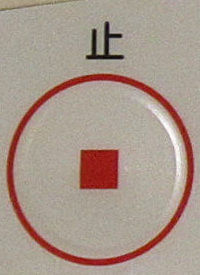
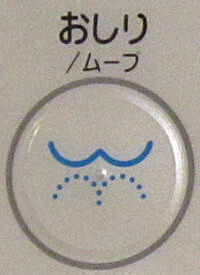
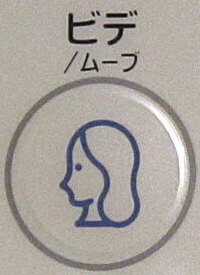
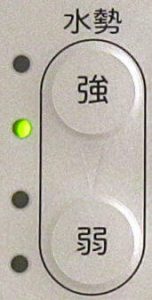
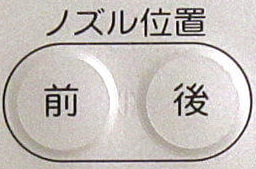
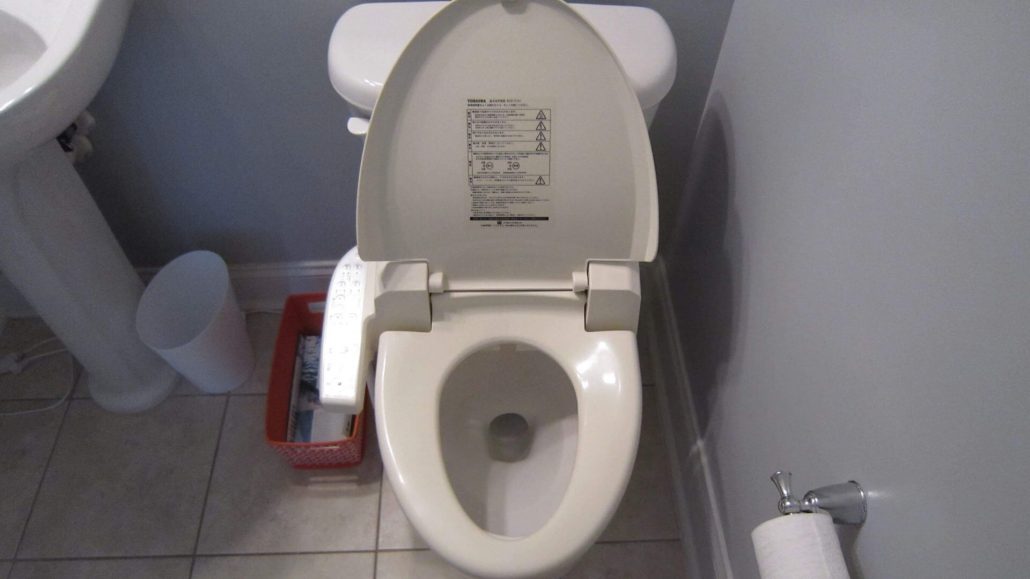
 @JAPANandmore
@JAPANandmore  @JAPANandmore
@JAPANandmore  ©Bokksu
©Bokksu  ©JAPANandmore.com
©JAPANandmore.com  ©Pixabay
©Pixabay 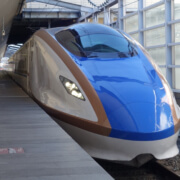






 ©JNTO
©JNTO